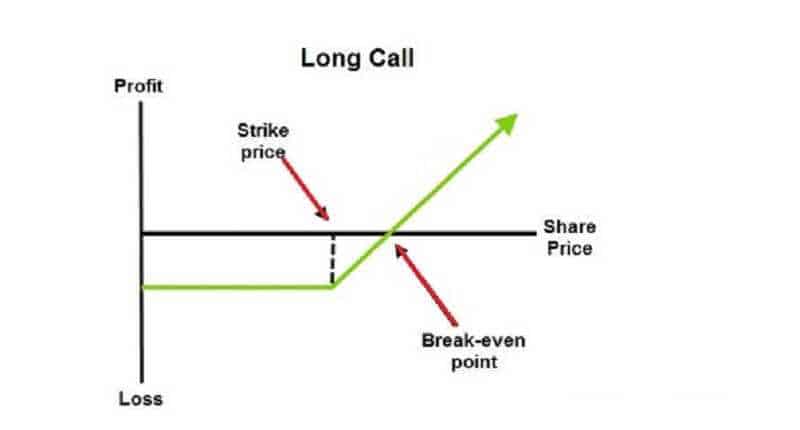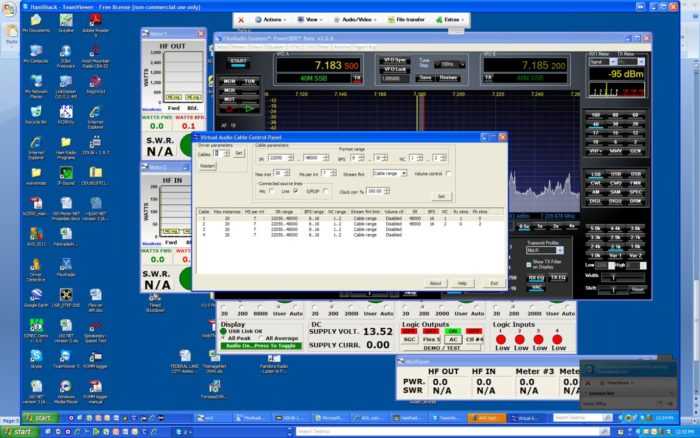
Different traders can adopt different metrics for short selling stocks but these few can point out the current market positioning and traders’ sentiment.
Metrics for short selling stocks are used to uncover the potential short-sell candidates and to track the activity on stocks. There isn’t a formal method but, in short, different traders use different metrics for different purposes. The common thing for all of them is to recognize the best candidates for short-selling and to track them.
Of course, each trader is unique in style, appearance, or goal and the same comes when deciding what metrics for short selling stocks they use.
Some traders would add many variables to take into account everything that possible can influence a company’s earnings. For example, they will examine all factors that might cause the earning to go lower which would show a great opportunity for short-selling the company’s stock.
However, other traders will look at a few important metrics for short selling stocks in several main variables but they will examine them in-depth.
But both types of traders would like to gather as much as possible data, so it isn’t unusual that there is no clear separation on categories. So, metrics for short selling a stock can be divided into several different methods of measuring. We will present to you several metrics that we found to be important.
SIR as one of the metrics for short selling a stock
Short interest ratio or SIR, basically tells traders the number of shares available for short selling. If this SIR ratio is high that means that there is higher attention on that stock because short-sellers are expecting the stock price to fall very soon. That also means that traders believe that the stock is currently overvalued and they assume the stock will fall in price.
For traders, this is a bearish indicator, meaning the market is pessimistic on that stock since it has a high short interest ratio. Should traders get into stock with a high short interest ratio? That depends. If high SIR is caused due to mispricing there are a lot of chances to go short with it. But SIR can be high due to the fact that the stock is simply bad. The ability to make a distinction why the SIR is high makes the difference between winning and losing trades.
As you know, short-sellers have to buy back their position if they want to profit and that might cause increasing interest and the stock could increase in price. This uptrend may occur very fast if too many short-sellers would like to cover fast in a short time frame. This situation is described as a short-squeeze. The consequence is that traders will not profit from this trade.
Nevertheless, the SIR is one of the metrics for short selling stocks and can be calculated to get a quick tip if the stock is massively shorted or not, compared to its daily trading volume.
SIR is easy to calculate, the total shares held short should be divided by the average daily trading volume of the particular stock.
SIR = Short Interest / Average Daily Trading Volume
The short interest ratio
You can find more than one definition for the short interest and several ways to calculate this ratio. The short interest ratio could mean the same as the days to cover or the short interest as a percentage of float.
But the principle is the same: a stock with a high short interest ratio has a high number of shares sold short or, in other words, a low number possible to trade.
The short-interest ratio is simple to calculate. Take the number of currently short sold shares and divide that number by the average daily trading volume for the particular company. For example, if traders have shorted 6 million shares of that company and its average daily volume is 2 million shares then the days to cover is 3 days. Hence, if all of the short-sellers want to close their positions at the same time, it would take around three days for them to do so.
The ‘days to cover’ expresses the total amount of time for all short sellers participating in the market with particular stock to buy back the shares that the broker borrowed them.
Short Interest To Volume Ratio = Current Short Interest / Average Daily Share Volume
“Days to cover” is a useful ratio for traders.
High value to this ratio is a bearish indicator. It might be a signal that everything is not great with company performance.
It can be a sign of how bearish or bullish traders are about some company. Also, traders could get the idea of potential future buying pressure thanks to this ratio. The short-sellers don’t have too much time to buy back stocks and to get out of the position. Hence, this is one of the possibly most important metrics for short selling a stock. Naturally, they want to buy the shares back at the lowest price possible. Hence this need to get out of their positions could force prices to move higher. The longer the buybacks take, the longer the price rally will continue. A high “days to cover” ratio can be a signal of a short squeeze.
Short interest ratio expressed in percentages of float
The other way to calculate the short-interest ratio is by dividing the number of shares sold short by the total number of shares available for shorting. But expressed in percentages.
For example, the company has 20.000 shares but 5000 shares are locked-in and cannot be sold because the company gave them to the management. So, the company has a so-called public float of 15.000. Let’s say that another 5.000 are sold short. So we have to calculate the short-interest ratio.
(5.000/15.000) x 100 = 0,33 x 100 = 33
This gives us a short interest ratio of approximately 0,33 or 33%.
Short interest of float above 50% means that short-sellers wouldn’t have an easy covering of their positions if the price turns to rise.
How to trade by using metrics for short selling stocks?
The same as we use metrics to evaluate the stock, these metrics can be interpreted in several ways.
For example, when we have many short-sellers on one stock, it may be because the company isn’t successful. There are numerous reasons why the company isn’t profitable. Sometimes it can be due to the market shifts and the company’s business model that became unprofitable. Also, maybe the officers of the company are connected to some gossip about possible nefarious actions.
Or the other example, a high short interest ratio could be a signal that the stock is a bargain. When some company is developing a new product, reports in its early stage might indicate the product could be risky. What is possible to happen? Short-sellers will open their positions driving the short interest above, for example, 20%. But later, when the product appears as very useful and popular, short-sellers are forced to cover their positions because short interest is high. This could cause the stock price to rise, and there will be a strong rally.
This potential for unexpected rallies in stock with a high short interest ratio, causes many experienced traders to see this metric as a bullish indicator.
Bottom line
Different metrics can be used to classify short-sell candidates. But these metrics are worthless if you never compare SIR and current short interest with previous levels and recognize possible overexpanded levels of stock. Compare the current metrics for the same company’s performances over time. Metrics for short selling stocks are worthless if you don’t do that. Your plan to become a short-seller will probably fail, and you would end up empty-handed.










